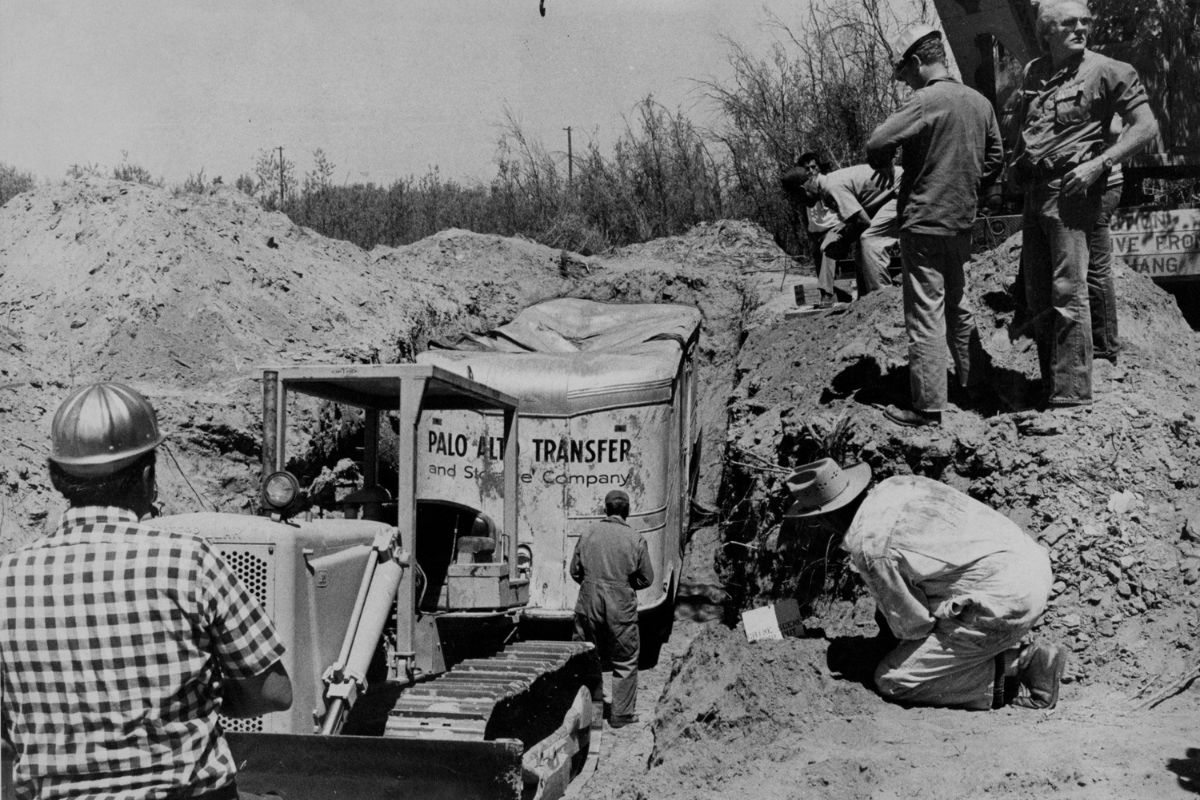
What happened during the Chowchilla kidnapping? On July 15, 1976, a quiet town in California faced a nightmare. Three masked men hijacked a school bus carrying 26 children and their driver. The kidnappers buried them alive in a moving van, demanding a $5 million ransom. Miraculously, the driver and children escaped after 16 hours underground. This terrifying event shocked the nation and left a lasting impact on the community. The bravery of the victims and the swift action of law enforcement turned a potential tragedy into a story of survival. Dive into these 37 facts to uncover the details of this harrowing incident.
Key Takeaways:
- The Chowchilla kidnapping in 1976 shocked America as 26 children and their driver were buried alive. Their brave escape led to changes in safety protocols and inspired resilience in the face of adversity.
- The legacy of the Chowchilla kidnapping continues to inspire and remind us of the importance of community support, emergency preparedness, and the strength of the human spirit in overcoming challenges.
The Chowchilla Kidnapping: An Overview
The Chowchilla kidnapping remains one of the most shocking and bizarre crimes in American history. On July 15, 1976, a school bus carrying 26 children and their driver was hijacked in Chowchilla, California. The kidnappers buried them alive in a moving van. Here are some astonishing facts about this infamous event.
-
The kidnapping took place in the small town of Chowchilla, California, known for its peaceful community and agricultural roots.
-
The school bus was hijacked by three men: Frederick Woods, James Schoenfeld, and Richard Schoenfeld.
-
The kidnappers were inspired by the movie "Dirty Harry," which featured a similar crime.
-
The children and their bus driver, Ed Ray, were taken to a remote rock quarry in Livermore, California, about 100 miles away.
-
The kidnappers buried the victims alive in a moving van that had been buried underground.
-
The moving van was equipped with minimal ventilation, food, and water, making the situation dire for the hostages.
-
The kidnappers demanded a $5 million ransom from the state of California.
-
The children and Ed Ray were trapped underground for 16 hours before they managed to escape.
The Escape and Aftermath
The bravery and resourcefulness of the victims played a crucial role in their survival. Here are some key facts about their escape and the events that followed.
-
Ed Ray and 14-year-old Michael Marshall led the escape by stacking mattresses to reach the roof of the van.
-
They dug their way out using pieces of wood and other materials they found inside the van.
-
Once free, they walked to a nearby guard shack at the quarry, where they found help.
-
The kidnappers were caught within two weeks of the crime, thanks to a tip from one of their acquaintances.
-
Frederick Woods and the Schoenfeld brothers were sentenced to life in prison without the possibility of parole.
-
The victims received counseling and support to help them cope with the trauma they experienced.
-
The Chowchilla kidnapping led to changes in school bus safety protocols and emergency response procedures.
The Impact on the Community
The kidnapping had a profound effect on the Chowchilla community and beyond. Here are some facts about its lasting impact.
-
The town of Chowchilla became a symbol of resilience and strength in the face of adversity.
-
The victims and their families formed a tight-knit support network to help each other heal.
-
The story of the kidnapping was widely covered in the media, bringing national attention to the small town.
-
The incident inspired several books, documentaries, and even a TV movie titled "They've Taken Our Children: The Chowchilla Kidnapping."
-
The quarry where the victims were buried became a site of interest for true crime enthusiasts.
-
The bravery of Ed Ray and the children was celebrated, and they were honored with various awards and recognitions.
-
The kidnapping highlighted the importance of mental health support for trauma survivors.
Legal and Psychological Ramifications
The legal proceedings and psychological effects of the kidnapping were significant. Here are some important facts about these aspects.
-
The trial of the kidnappers was highly publicized and drew widespread attention.
-
The defense argued that the kidnappers were not mentally stable, but this was rejected by the jury.
-
The victims' testimonies were crucial in securing the convictions of the kidnappers.
-
The psychological impact on the victims was profound, with many experiencing PTSD and other trauma-related issues.
-
The incident led to increased awareness of the need for mental health resources in schools.
-
Some of the victims went on to become advocates for child safety and mental health awareness.
-
The case is still studied in criminal justice and psychology courses as an example of extreme trauma and resilience.
The Legacy of the Chowchilla Kidnapping
The legacy of the Chowchilla kidnapping continues to be felt today. Here are some final facts about its lasting influence.
-
The incident remains one of the largest kidnappings in U.S. history in terms of the number of victims.
-
The bravery of the victims has been commemorated in various ways, including memorials and public events.
-
The story of the kidnapping serves as a reminder of the importance of community and support in overcoming adversity.
-
The case has influenced changes in laws and policies related to kidnapping and child safety.
-
The victims' resilience has inspired countless people to face their own challenges with courage.
-
The Chowchilla kidnapping is often cited in discussions about the importance of emergency preparedness and response.
-
The incident has been referenced in popular culture, including TV shows, movies, and books.
-
The story of the Chowchilla kidnapping continues to captivate and inspire people around the world, serving as a testament to the strength of the human spirit.
Final Thoughts on the Chowchilla Kidnapping
The Chowchilla kidnapping remains one of the most shocking crimes in American history. Three men kidnapped a bus full of children and their driver, buried them alive in a moving van, and demanded ransom. Despite the terrifying ordeal, the victims managed to escape, showing incredible bravery and resilience. The kidnappers were caught and sentenced to life in prison, ensuring justice was served.
This case highlights the importance of community strength and the human spirit's ability to overcome even the darkest situations. It also serves as a reminder of the need for vigilance and preparedness in ensuring children's safety. The Chowchilla kidnapping will always be a stark reminder of both the potential for human cruelty and the power of courage and unity in the face of adversity.
Frequently Asked Questions
Was this page helpful?
Our commitment to delivering trustworthy and engaging content is at the heart of what we do. Each fact on our site is contributed by real users like you, bringing a wealth of diverse insights and information. To ensure the highest standards of accuracy and reliability, our dedicated editors meticulously review each submission. This process guarantees that the facts we share are not only fascinating but also credible. Trust in our commitment to quality and authenticity as you explore and learn with us.


